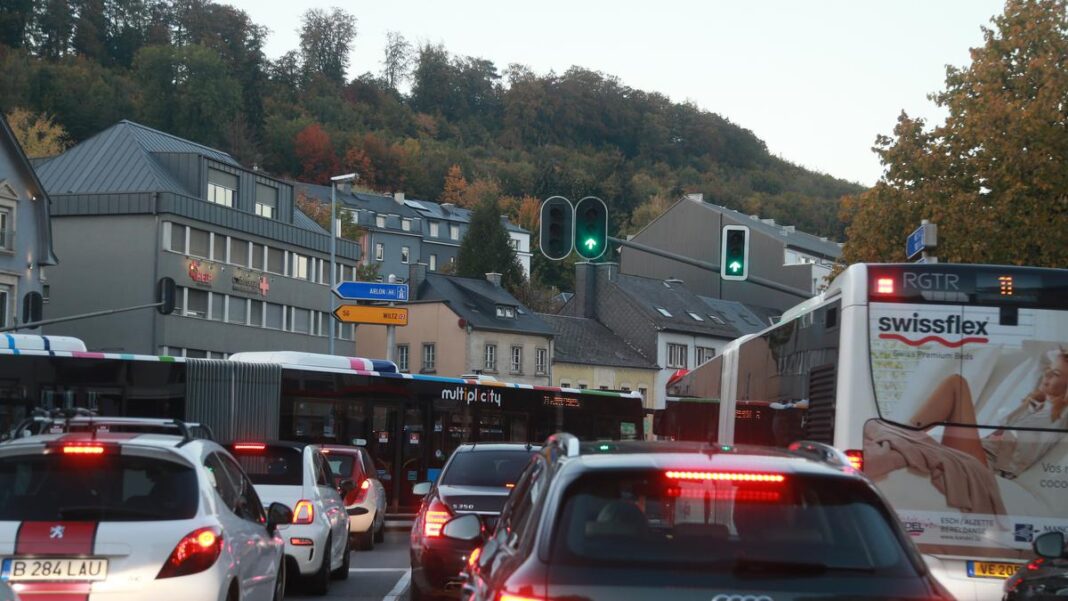The fight against urban pollution has seen some progress, but there’s still work to be done. According to a recent report by the European Court of Auditors, titled "Cities are still too noisy, but the air is cleaner," there has been a 45% decrease in deaths attributed to fine particulate matter (PM 2.5) in the EU between 2005 and 2022. However, with around 240,000 deaths still linked to fine particles, 70,000 to ozone pollution, and 48,000 to nitrogen dioxide pollution in the EU, the battle against air pollution is far from over.
The Air Pollution Challenge
While air quality has improved overall in the EU, the report highlights that air pollution, especially from nitrogen dioxide emissions from cars and trucks, remains a major issue. Despite recent reductions in the EU’s air quality standards, some member states still exceed the set limits for nitrogen dioxide.
The European standards have been tightened recently with the implementation of the new air quality directive in December 2024, aligning them more closely with the World Health Organization’s stricter guidelines. The EU cities are urged to step up their efforts to meet these standards and align with WHO recommendations, requiring substantial additional efforts from both the EU and its member states.
Stricter European Norms
The report emphasizes that EU cities must intensify their efforts to meet the new standards and move closer to WHO recommendations. The Luxembourg case is no exception, with 170 deaths attributed to air pollution in 2022, including 80 linked to fine particles, 60 to ozone, and 30 to nitrogen dioxide. While there has been a significant long-term improvement, the country still has to make additional efforts to comply with the new European norms.
The Issue of Excessive Noise
In addition to air pollution, the report delves into another aspect of urban pollution: noise. Prolonged exposure to excessive noise levels can have detrimental effects on health, leading to sleep disturbances, anxiety, cognitive issues, and mental health problems. The estimates indicate 48,000 new cases of cardiovascular diseases and 12,000 premature deaths annually in Europe due to noise pollution.
However, due to the lack of noise control by member states, it is challenging to assess the progress made in this area. The goal of achieving "zero noise pollution" by reducing the number of people affected by transport noise by 30% by 2030 is projected to be challenging to achieve, with estimates suggesting a potential decrease of 19% at best or an increase of 3% at worst by 2030.
The Road Ahead
The report underscores the difficulties faced by cities in effectively combating air and noise pollution, citing poor coordination among authorities, questionable effectiveness of measures, and resistance at the local level. In "green zones," where pedestrians and cyclists have priority over cars, the air quality and noise levels deteriorate in neighboring streets, despite the benefits to residents.
Similarly, low-emission zones (LEZs), aimed at reducing air and noise pollution, have become a contentious issue, with legal obstacles challenging their implementation as discriminatory and hindering freedom of movement. The report also raises concerns about the efficacy of sanctions, noting that the infringement procedure initiated by the European Commission is often lengthy and not always effective in enforcing EU rules on air and noise pollution.
Conclusion
In conclusion, while progress has been made in improving air quality, there is still much to be done in combating urban pollution. The challenges posed by nitrogen dioxide emissions, noise pollution, and inadequate enforcement mechanisms call for a concerted effort at the EU and member state levels to meet the stricter European norms and WHO recommendations. Only through coordinated actions and effective measures can cities ensure a healthier and more sustainable environment for their residents.
Frequently Asked Questions
- **How has air pollution improved in the EU over the years?
- Answer: Air quality in the EU has shown improvement, with a 45% decrease in deaths linked to fine particulate matter between 2005 and 2022.
- **What are some key pollutants contributing to air pollution in the EU?
- Answer: Nitrogen dioxide emissions from cars and trucks are a major contributor to air pollution in the EU.
- **What challenges do EU cities face in meeting new air quality standards?
- Answer: EU cities must intensify efforts to meet new standards and align with WHO recommendations, requiring substantial additional efforts.
- **How is noise pollution affecting European residents?
- Answer: Prolonged exposure to excessive noise levels can lead to health issues such as sleep disturbances, anxiety, cognitive problems, and mental health issues.
- **What are the goals of "green zones" in EU cities?
- Answer: Green zones prioritize pedestrians and cyclists over cars, but they can lead to deteriorating air quality and noise levels in neighboring streets.
- **Why are low-emission zones (LEZs) a contentious issue in some areas?
- Answer: LEZs aimed at reducing pollution face legal obstacles due to concerns about discrimination and freedom of movement.
- **What is the role of sanctions in enforcing EU rules on pollution?
- Answer: The report highlights challenges with the effectiveness of sanctions, noting that the infringement procedure can be lengthy and not always successful.
- **How is Luxembourg addressing air pollution challenges?
- Answer: Luxembourg has seen improvements but needs to align with new European norms and WHO standards to tackle air pollution effectively.
- **What steps can EU cities take to combat noise pollution?
- Answer: EU cities can implement measures to reduce noise pollution, such as better urban planning and noise control policies.
- **What are the recommendations for improving air and noise pollution control in the EU?
- Answer: The report suggests better coordination among authorities, more effective measures, and defining clear noise reduction goals to enhance pollution control efforts.
Tags: air pollution, noise pollution, EU cities, nitrogen dioxide, fine particulate matter, WHO standards, urban pollution.
- Answer: The report suggests better coordination among authorities, more effective measures, and defining clear noise reduction goals to enhance pollution control efforts.

